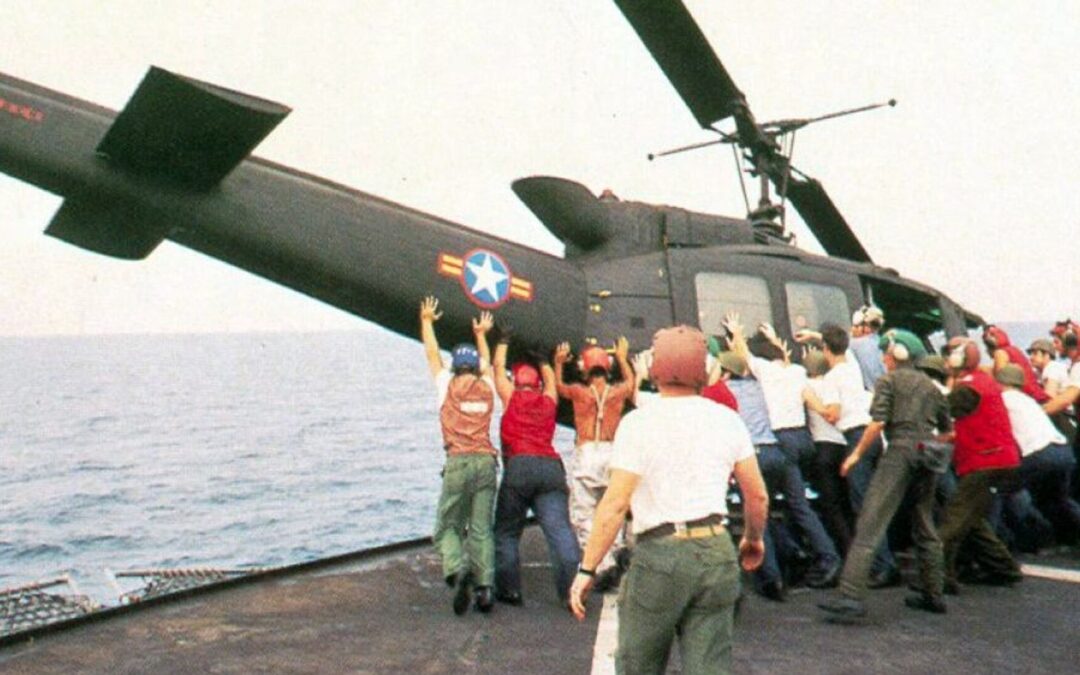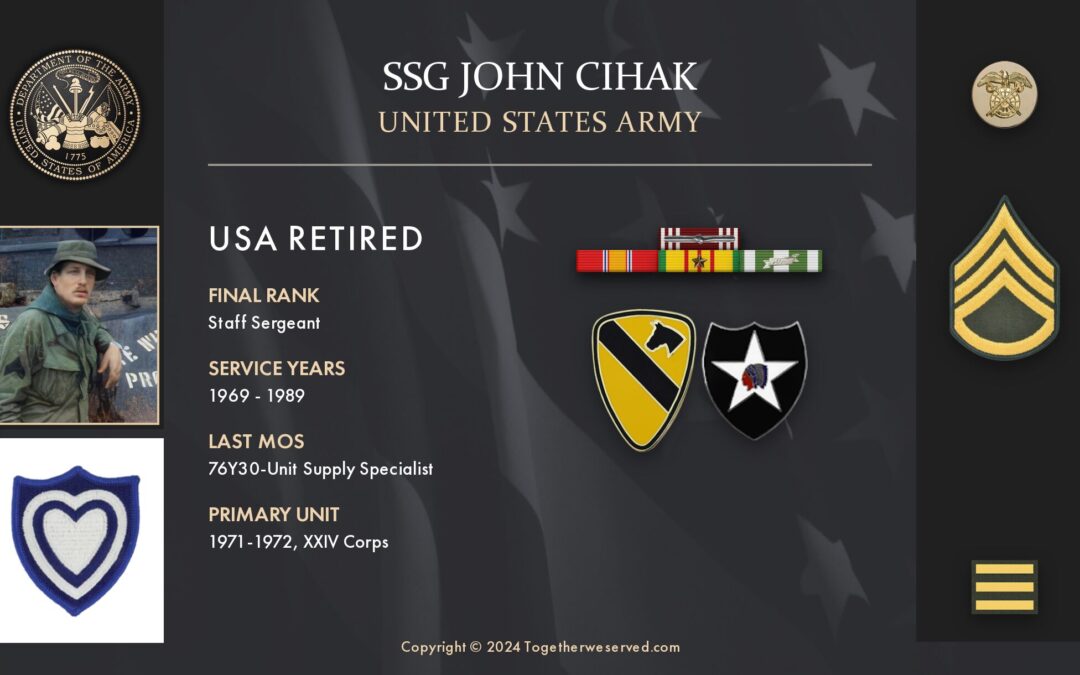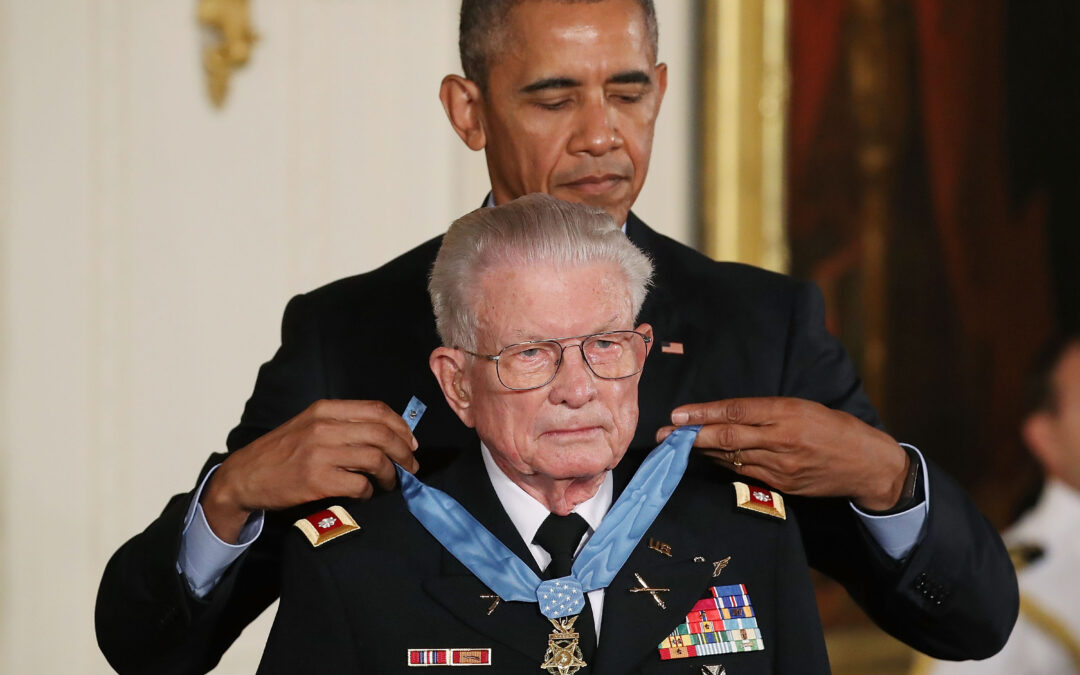Of all the military operations you participated in, including combat, humanitarian or peacekeeping operations, which of these made a lasting impact on you and why?:
I arrived in Vietnam in January 1969 as an aircraft electrician for CH-46 helicopters in HMM-265. I became a ‘door-gunner’ in February and started flying on combat missions. I flew combat missions for several months. On the sixth of August, I flew a total of 26 separate combat missions that hectic day. For that, and the fact that we had received enemy fire, I received my “Air Medal” and ‘earned’ my Combat Air Crew wings.











